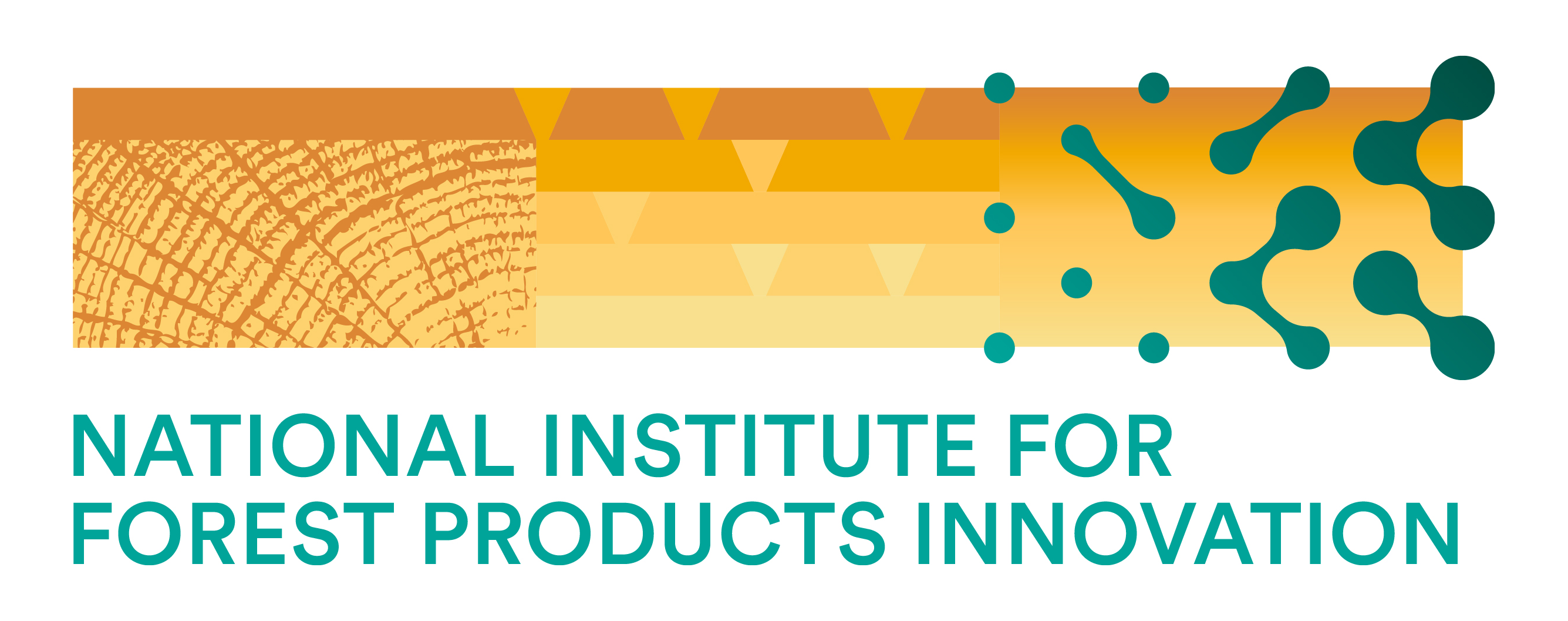Gippsland, Launceston & Mount Gambier Centres
Objectives & Outcomes
Program Objective
The Gippsland, Launceston and Mount Gambier Centres of the National Institute for Forest Products Innovation aim to grow Australia’s forest and forest products industry by exploring and facilitating innovation in the forest products sector in areas such as forest management, timber processing, wood fibre recovery, value adding, advanced manufacturing and the bio-economy.
Innovation is defined as an idea that translates to a solution that industry adopts.
Outcome Statement
“Improving the returns to industry and the community from our plantation and native forest estates consistent with their sustainable management”.
The outcome statements for the NIFPI Gippsland, Launceston and Mount Gambier Centres are consistent with the Vision and Growth Objectives outlined in Transforming Australia’s Forest Products Industry (Recommendations from the Forest Industry Advisory Council), the opportunities identified in the Blueprint for the Future South Australian Forest and Wood Products Industry (2014-2040) (SA Forest Industry Advisory Board, 2014), and in the Tasmanian Forest Industry Growth Strategy (A Strategic Growth Plan for the Tasmanian Forests, Fine Timber and Wood Fibre Industry, MAC 2017).
“Improving the returns to industry and the community from our plantation and native forest estates consistent with their sustainable management”. - Outcome Statement
Gippsland, Launceston & Mount Gambier Centres
NIFPI Priorities
Projects are not limited to these priority areas if they can demonstrate innovation and potential benefit across a wide cross – section of the plantation and forest products industry. There is an expectation that outcomes of projects will have national applicability where practicable and relevant.
Gippsland Centre calls for project proposals to conduct research and development projects in (but not limited to) the following priority areas relating to Victoria’s forest resources:
- Improved resilience, productivity and utilisation of the forest resource
- New timber products development and improvements to existing products
- Non-timber forest products and services
- Improved supply chain safety and efficiency
- Social engagement, awareness & responsibility
Launceston Centre called for project proposals to conduct research and development projects in (but not limited to) the following priority areas relating to Tasmania’s forest resources:
- Improved utilisation of the forest resource
- New product development
- Non-timber forest products and services
- Improved efficiency and safety along the supply chain
Mount Gambier Centre calls for project proposals to conduct research and development projects in (but not limited to) the following priority areas relating to the Green Triangle’s plantation resources:
- Development of new products – composites, engineered wood products, extractives, bioenergy, increased timber recoveries and ecosystem services
- Innovative, safe, efficient, productive, diverse and inclusive workplaces
- Tree growing improvements, including genetic gain, climate change impacts, nutrition and management
- Improved utilisation of digital data, including for fire detection, forest management and mill operations
- Growing the productive forestry estate through improved water use for better outcomes for industry, the environment and the community
